Washington, D.C., is a long way from Dillingham, Alaska, but that’s where Triston Chaney spent his 19th birthday. Triston was among a group of commercial fishermen, lodge owners and outfitters who came back to the nation’s capital to discourage the EPA from permitting the proposed Pebble Mine in southwest Alaska. Over birthday cake at our…
Pipeline Impacts in the Delaware River Basin
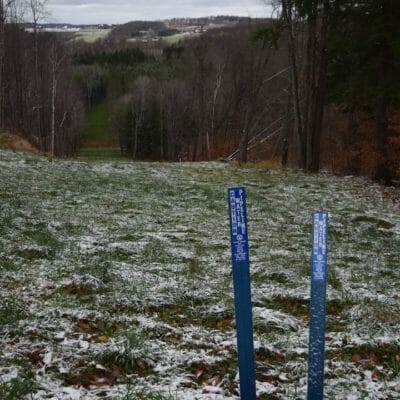
We are in the midst of a once-in-a-generation build-out of major interstate pipelines to move natural gas from the Marcellus shale region to markets, other transmission lines, and export terminals on the East Coast. If not properly managed, this construction boom could have major impacts on the streams and forests of the Delaware River Basin…
Rogue River Home Rivers Initiative
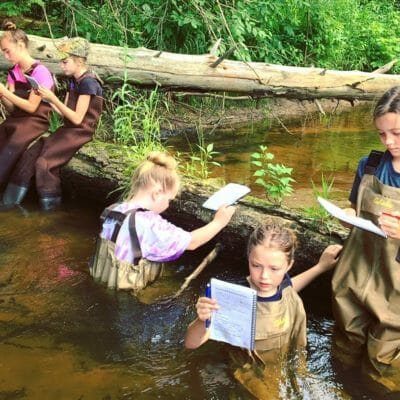
Goals Located near the second largest metropolitan area in Michigan, the Rogue River is an extremely important trout fishery in southern Michigan. The lower portion of the river is fabled for its excellent steelhead runs. The eastern tributaries host significant brook and brown trout populations. The river is an important economic engine — based on…
TU getting things done in the Great Lakes region
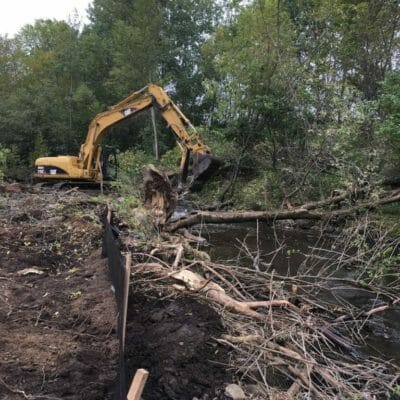
I recently spoke about Trout Unlimited’s conservation work to a small gathering of anglers, most of whom had been Trout Unlimited members at some point but had drifted away and lost touch. They were surprised to learn that TU had grown to become an organization with 300,000 members and supporters who dedicate more than 700,000 volunteer hours annually, a…
Double dose: Volunteers plant riparian edges of two New York trout streams
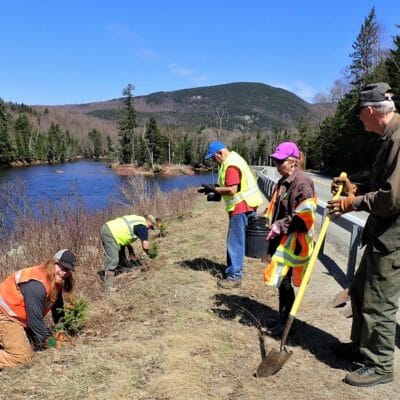
The Trees for Tribs Program from New York’s Department of Environmental Conservation provides Trout Unlimited with bare root and potted trees to plant along trout streams. Being a stream guy, I had to take advantage of the offer, made possible by funding from the Arbor Day Foundation. Walking through the tree garden I had my…
Evolution
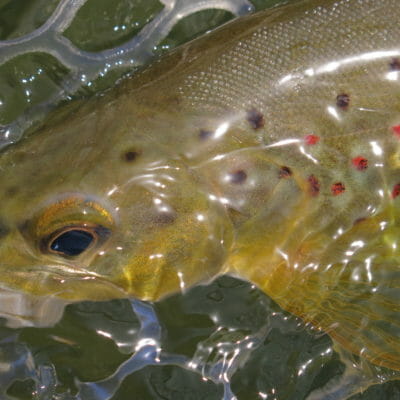
It’s commonly said that fishermen go through an phases. First, they want to catch a fish. Then lots of fish. Then big fish. Then they just want to be out there and fish are simply a bonus. Here’s the thing, though. Unlike some forms of evolution, this one isn’t linear. You can be firmly established…
Backcountry bull trout featured in ‘Secrets’
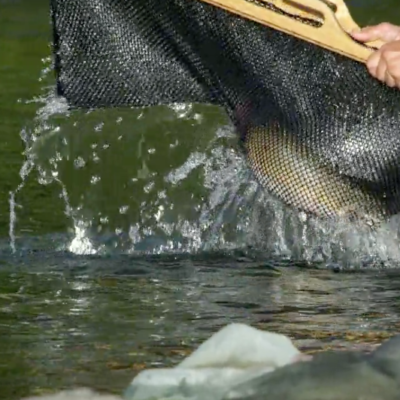
Bull trout are the native char of the inland Northwest. They live in the coldest, cleanest water and thrive in the most far-flung places. They get big and surly. They chase gaudy streamers, prey on smaller fish and can be very challenging to pursue. They’re also a vital indicator species when it comes to a…

